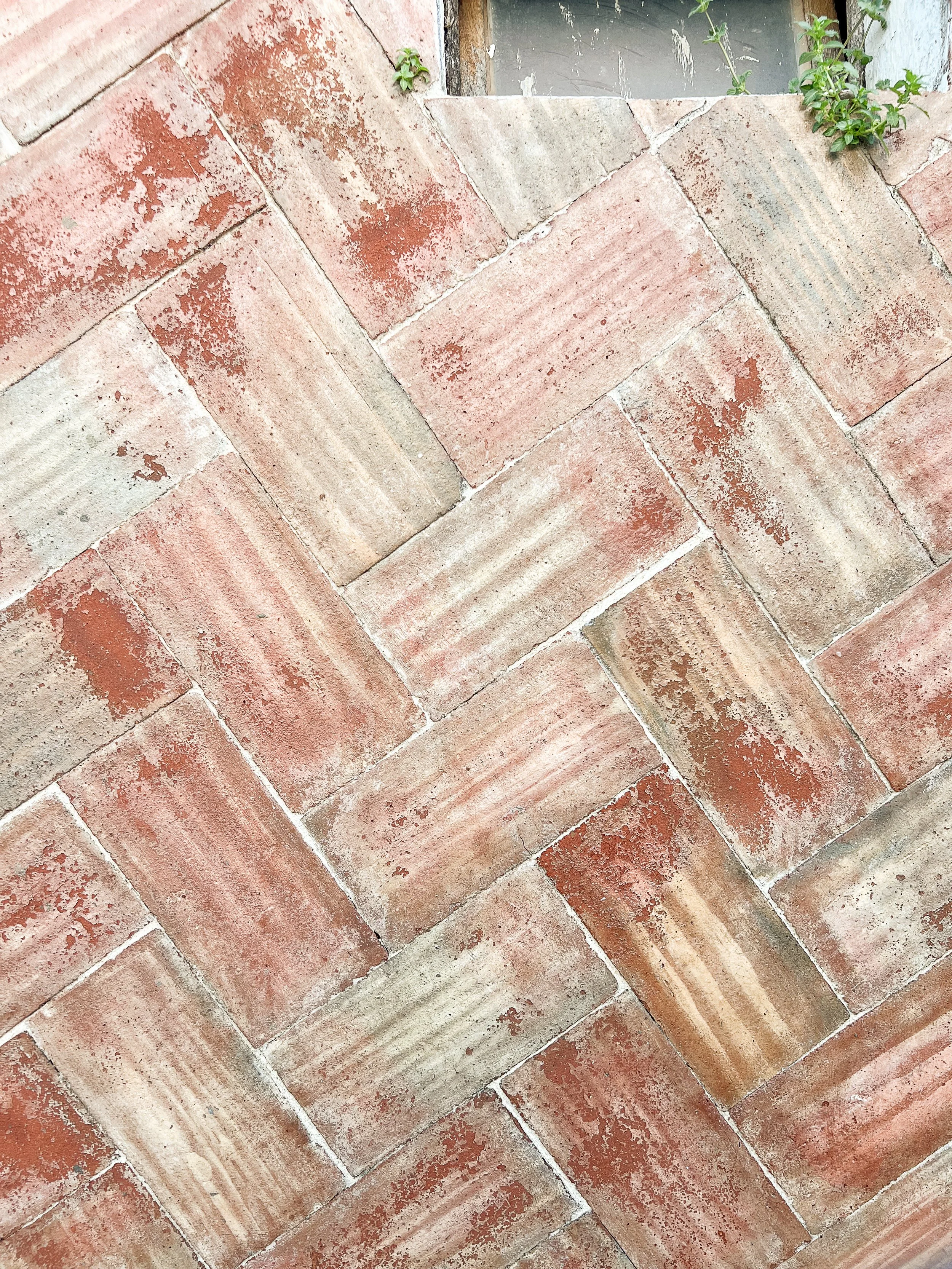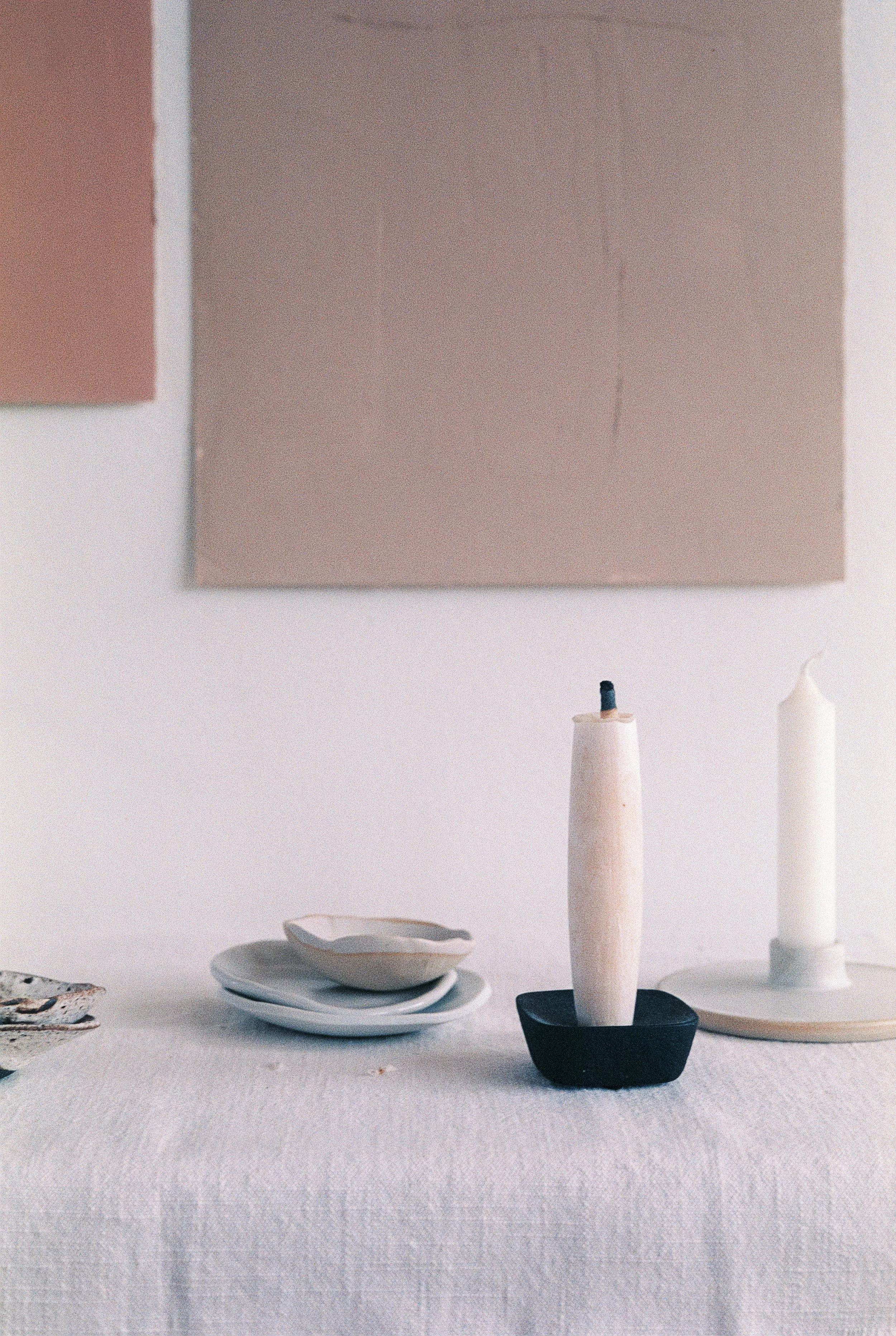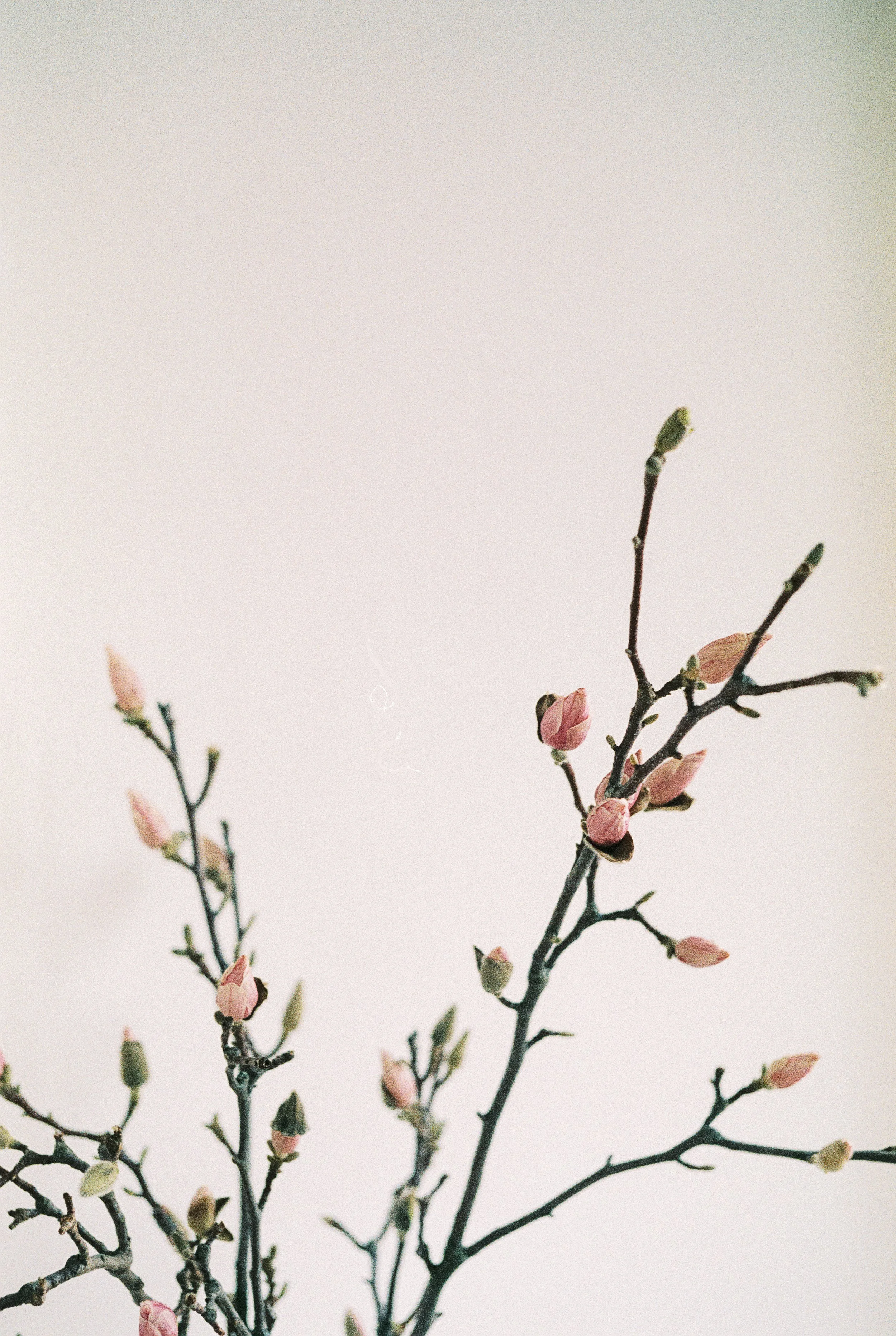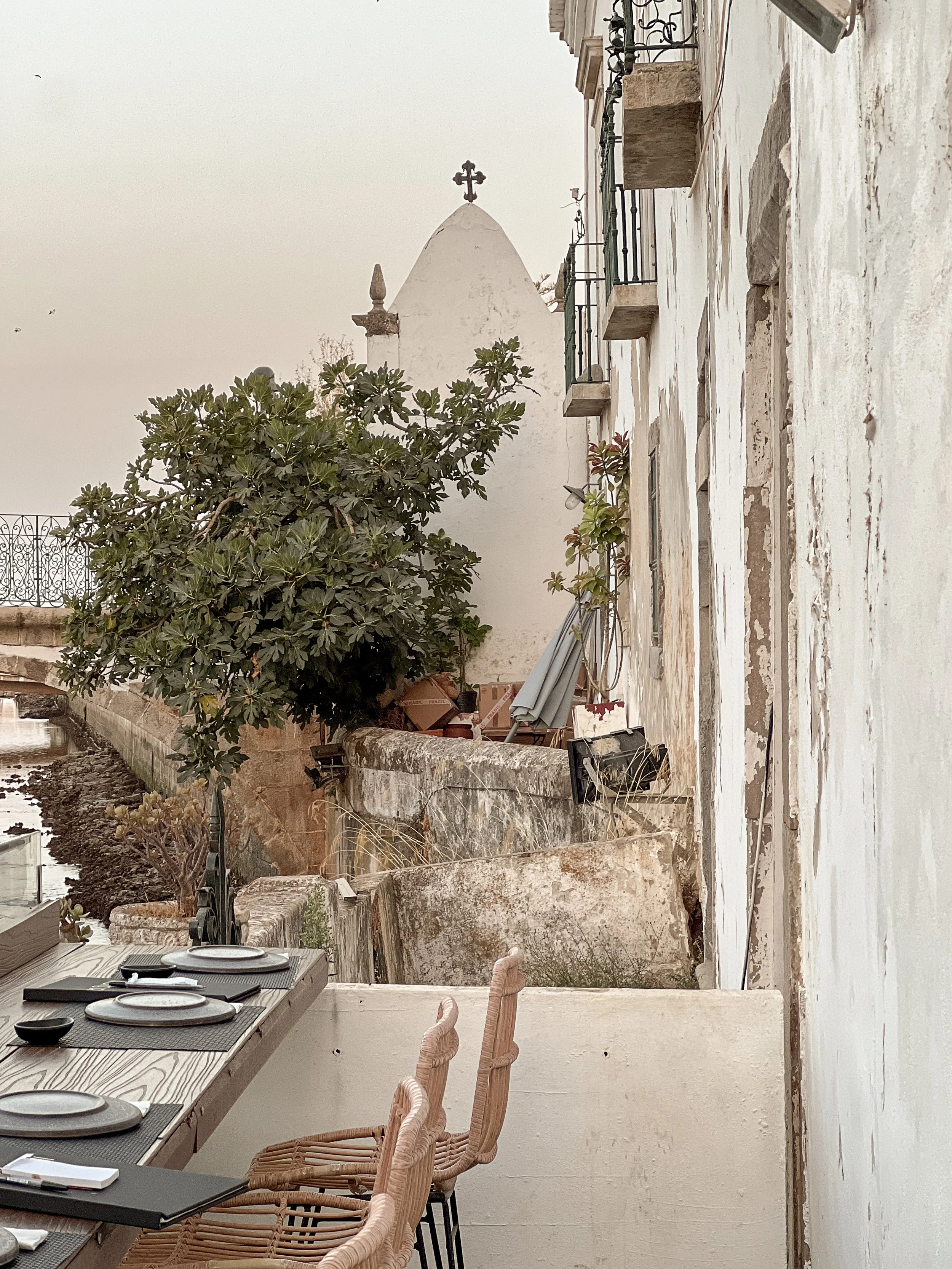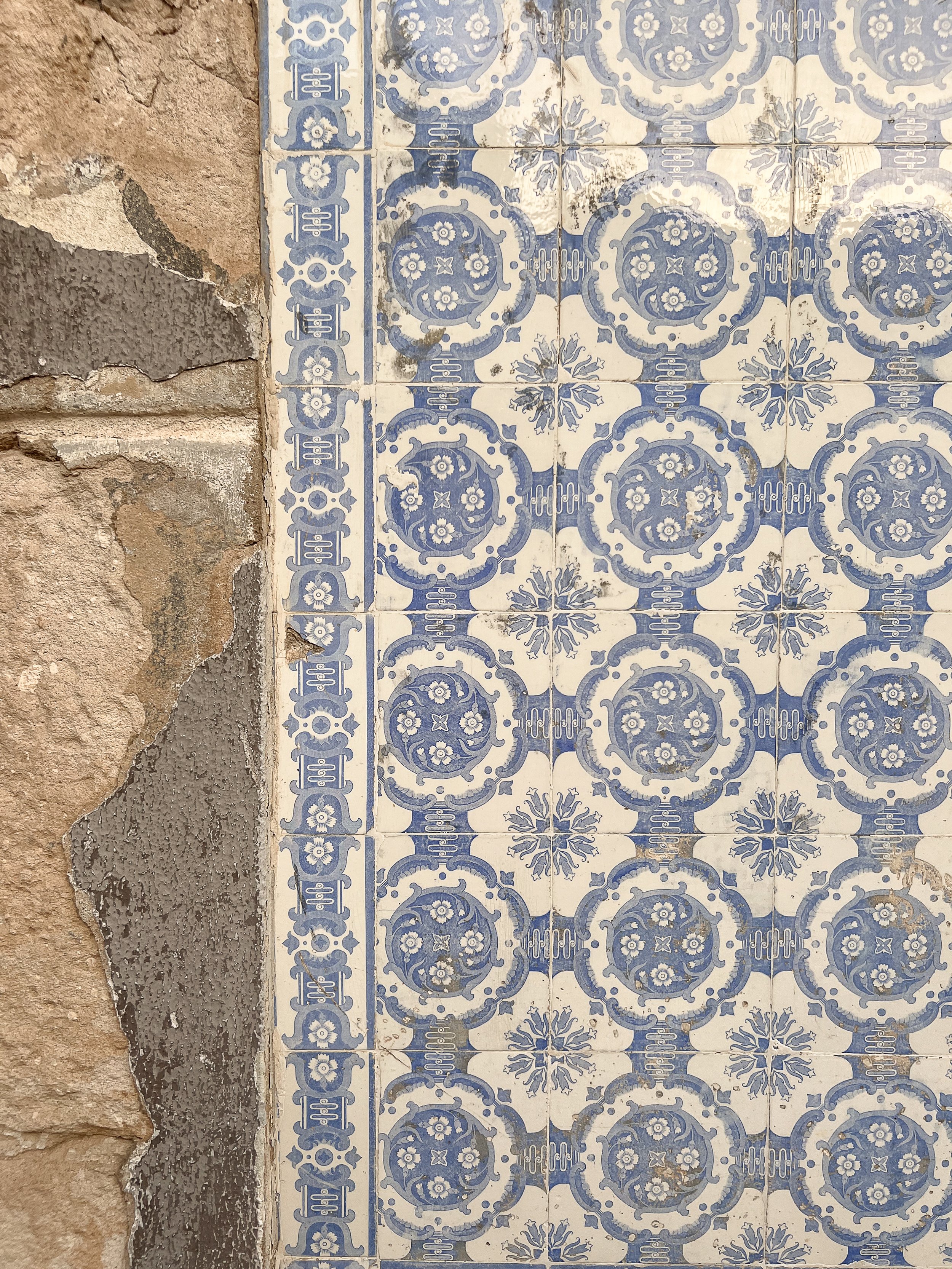WABI SABI AS A WAY OF LIVING
Finding depth, stillness, and meaning in impermanence
There is a quiet comfort in things that are a little bit worn, a little bit uneven. A threadbare scarf. A crack in a ceramic bowl. The way light softens the edges of a day. Wabi Sabi is the name given to this kind of beauty — not grand or polished, but lived-in, grounded, and real.
Originally rooted in Zen Buddhism and traditional Japanese culture, Wabi Sabi isn’t a set of rules. It’s a way of seeing. A perspective that values simplicity, imperfection, and the fleeting nature of things. It has shaped Japanese art, architecture, and design for centuries — but it’s just as relevant today as a personal philosophy and a way of being.
1. LETTING GO OF THE IDEAL
Wabi Sabi invites a different rhythm. One where everything doesn’t need to be new or flawless. It’s not about chasing improvement or curating a perfect life. Instead, it makes space for what is — as it is.
Not everything has to be efficient. Not every day has to be productive. A quiet moment sitting with your thoughts, a slow meal made from what you have, a walk where nothing “gets done” — these are not wasted hours. They are part of a slower, gentler way of being.
Letting go of perfection also means letting go of pressure. To be constantly busy. To perform. To keep up. Wabi Sabi reminds us that life isn’t a linear climb, but a cycle of seasons — of blooming, fading, and returning again.
2. THE BEAUTY OF THE INCOMPLETE
One of the most moving principles of Wabi Sabi is the idea that things are never truly finished. A piece of art is always in process. A garden is always growing or resting. A person is always becoming.
Rather than viewing this as a flaw, Wabi Sabi sees it as freedom.
You don’t need to have everything figured out. You don’t need a five-year plan. It’s enough to move forward slowly, paying attention to what feels true now — and adjusting as you go. That kind of flexibility, grounded in awareness, becomes a strength.
It also leaves space for wonder. When life isn’t locked into place, there’s more room for curiosity, for learning, for surprise.
3. A LIFE MADE OF MOMENTS
Wabi Sabi is deeply present. It doesn’t wait for a future “someday” to begin appreciating things. It teaches us to notice — the way tea steams in a handmade cup, the sound of rain on the roof, the texture of handmade paper beneath your fingertips.
These are the kinds of details that don’t appear on to-do lists. But they anchor us. They root us in what’s real. They give weight to days that might otherwise blur into one another.
A Wabi Sabi lifestyle encourages rituals — not out of obligation, but out of reverence. Morning light through linen curtains. Writing by hand. Quiet time without a screen. These moments don’t have to be dramatic to be meaningful. They simply have to be noticed.
4. LIVING LIGHTLY, LIVING WELL
The Wabi Sabi path often leads to simplicity — not through deprivation, but through clarity. When we begin to understand what really matters, we can begin to let go of what doesn’t.
This might mean choosing fewer things — in your home, in your closet, in your calendar. But it also means choosing with more care. A few well-made tools instead of a drawer full of gadgets. Time spent with one friend instead of small talk with ten. One clear intention instead of a list of scattered goals.
This kind of simplicity is deeply nourishing. It doesn’t empty life out. It fills it with presence and purpose.
5. WORN, NOT WASTED
Wabi Sabi honors age. Not just in people, but in objects and experiences.
A sweater that’s been mended three times. A wooden spoon that’s lost its shape. A relationship that’s weathered years of change. These things have weight. They’ve endured. They carry stories. That history doesn’t make them less beautiful — it makes them more so.
Rather than discard what’s been used, Wabi Sabi encourages us to repair. To mend. To continue. There’s something deeply hopeful about that — the idea that not everything that’s broken is beyond use. Sometimes, it’s what’s been patched and marked that feels most real.
6. A QIET RADICALISM
In many ways, Wabi Sabi is a gentle rebellion. Against speed. Against spectacle. Against the need to prove or display.
It offers a different kind of richness. One that doesn’t rely on quantity, but on depth. Not on acquisition, but on connection.
This doesn’t mean rejecting beauty or comfort. It means choosing beauty that resonates, comfort that is felt rather than shown. It’s less about minimalism as a style, and more about meaning as a way of living.
7. LIVING WITH WHAT MATTERS
Adopting a Wabi Sabi perspective doesn’t require a new house, or a big change, or even a plan. It starts by paying attention.
What feels nourishing? What can be let go? What are you holding onto out of habit, and what do you truly want to hold close?
You don’t have to be a monk. You don’t need to move to the countryside. You can live this way wherever you are — in small, thoughtful gestures. In what you say yes to. In what you choose to notice. In what you allow to stay unfinished.
Wabi Sabi offers a gentle lens through which to view our lives — not as a collection of goals to complete, but as a space to inhabit. With grace. With honesty. With care.
It’s not always easy. But it is always enough.
In the worn, the quiet, the real — that’s where the beauty lives.



